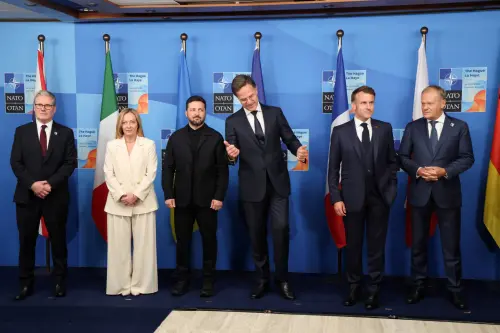Introduction
Italian foreign policy since WWII has been based on four pillars, each responding to one or more domestic needs:
- European integration: undoubtedly the major pillar of the Italian foreign policy – which initially responded to the need to secure the country’s newly formed democratic institutions, ensure economic reconstruction and, last but not least, allow the definitive reinsertion of Italy on the international stage.
- Atlantic integration: the other main pillar of Italian foreign policy, initially ensuring economic reconstruction (the Marshall Plan) but essentially allowing Italy to maintain low defense expenditures.
- USSR / Russia: good relations with Moscow were initially needed domestically to contain the left parties’ (Socialists and Communists) opposition to European integration and to Transatlantic relations. As time passed, Russia also became a major energy provider for Italy, as it is today.
- The Mediterranean / Middle East: this is a natural endeavor for Italy, given its geographic position, as well as major energy suppliers. More recently they also emerged a source of possible domestic instability due to the illegal flows of immigration.
- The Balkans, historically a troubled neighbor for Italy.
Despite the fact that these five policy domains have been given top priority by all Italian governments, there have been at times attempts to privilege either one over another and even to use them alternatively in other to rebalance Italy’s influence on the European and/or world stage. There have also been cases in which the government attitude towards one or several of these areas of interests has been an important part of domestic confrontation (that is something different from “debate”). In this paper we will mainly focus on the first basket, European policies and integration.
The Brookings Institution is committed to quality, independence, and impact.
We are supported by a diverse array of funders. In line with our values and policies, each Brookings publication represents the sole views of its author(s).


